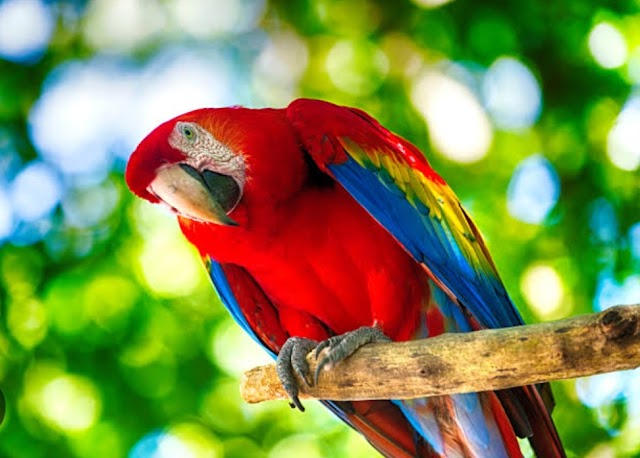Showing posts from January, 2023Show All
Parrots
Onlineearning
January 25, 2023
Parrots, also known as psittacines (/ˈsɪtəsaɪnz/),[1][2] are birds of the roughly 398…
Dogs
Onlineearning
January 25, 2023
The dog (Canis familiaris[4][5] or Canis lupus familiaris[5]) is a domesticated desce…
Zebra
Onlineearning
January 25, 2023
Zebras (US: /ˈziːbrəz/, UK: /ˈzɛbrəz, ˈziː-/)[1] (subgenus Hippotigris) are African e…
Eagles
Onlineearning
January 25, 2023
Eagle is the common name for many large birds of prey of the family Accipitridae. Eag…
Falcons
Onlineearning
January 25, 2023
Falcons (/ˈfɒlkən, ˈfɔːl-, ˈfæl-/) are birds of prey in the genus Falco, which includ…
Monkeys
Onlineearning
January 25, 2023
Monkey is a common name that may refer to most mammals of the infraorder Simiiformes,…
LIONS
Onlineearning
January 25, 2023
The lion (Panthera leo) is a large cat of the genus Panthera native to Africa and Ind…
Tigers
Onlineearning
January 25, 2023
The tiger (Panthera tigris) is the largest living cat species and a member of the gen…
Followers
Most Popular
AdSense
3/AdSense/post-list
Popular Posts
Most Recent
3/recent/post-list
Random Posts
3/random/post-list










Social Plugin